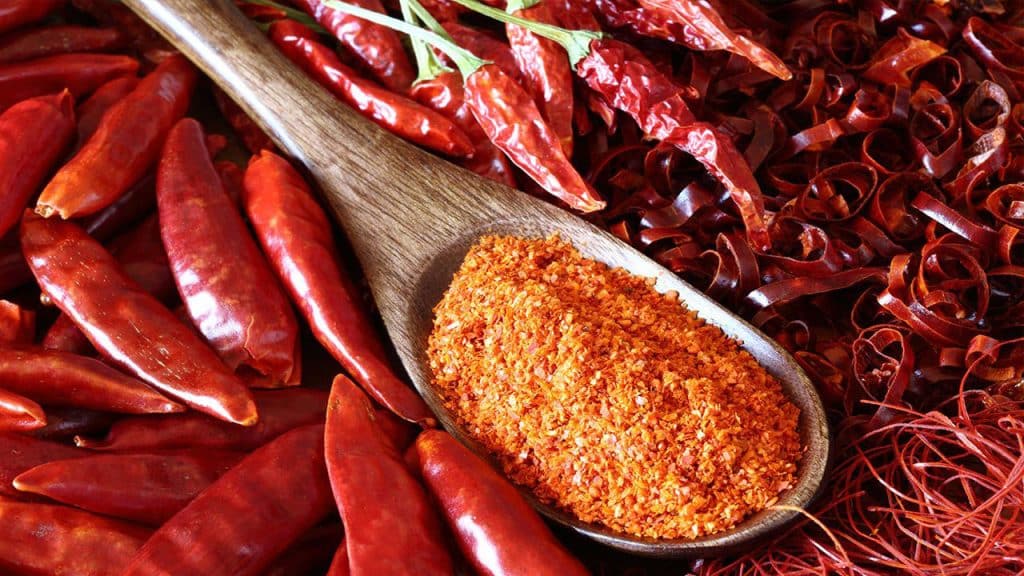Whether you’re eating a chili con carne from Mexico, jerk chicken with rice and peas from the Caribbean, a curry from India or a noodle dish from China, there’s a fair chance that chili is going to be a vital ingredient on your shopping list. Chili isn’t just a tasty, tongue-tingling addition, though. There has also been some research on its potential health benefits, including for weight loss.
Now, before we start, we’ll make the normal caveats about a balanced diet and regular exercise being the best way to control your weight and the fact there is no such thing as a quick and easy fix. With that said, there are some ways you can make it a little easier. The question is whether chili can be one of those ways.
One of the key components of chili is capsaicin. It’s what makes it burn, but it’s also responsible for many of chili’s purported health benefits, such as its pain-relieving properties. It’s also what has been investigated for its potential as a weight loss aid (https://pubmed.ncbi.nlm.nih.gov/27899046/).
There are multiple reasons for this. One is that capsaicin may help reduce your appetite, which means you’re less likely to overeat. Basically, you feel fuller quicker. Studies suggest that people who took a small dose of capsaicin before a meal would take in less calories and fat, having a positive impact on their weight. Of course, it may just be that it’s harder to eat large amounts of food when it’s full of hot spice, especially if you’re trying to mitigate the heat with filling liquids and breads.
Chili may reduce the amount of energy we take in through calories, but it might also lead to an increase in how much energy we burn after eating it. This change to our metabolism and how we use fat may also help with weight loss. There’s also evidence that capsaicin may help insulin work more effectively to regulate blood sugar, which also has weight loss implications.
Some of these studies are fairly small, and as with many complex topics, there’s other research that contradicts the results. Still, capsaicin is one of the more thoroughly investigated, potentially beneficial chemicals to occur in our food, and with so much evidence – even with the varying quality – it can’t just be dismissed. Add a little chili to your food and see what happens!




